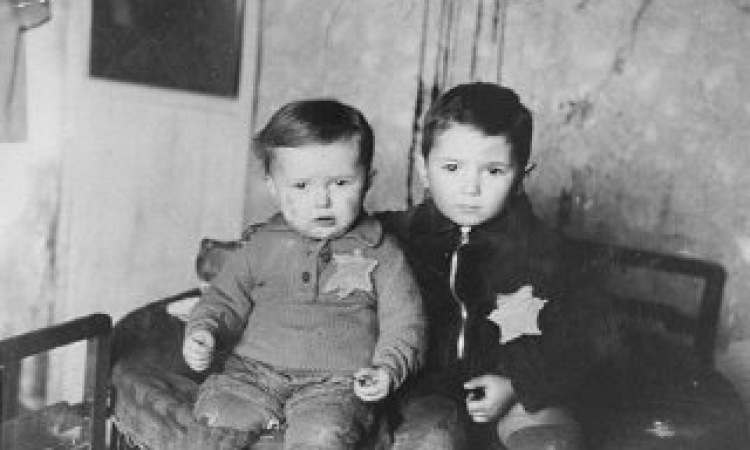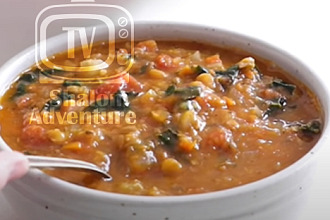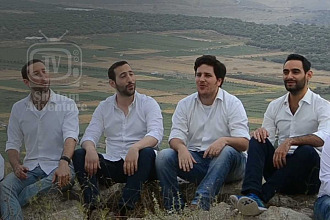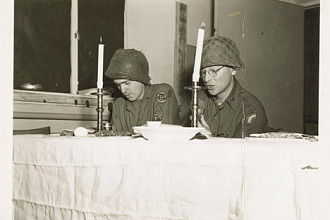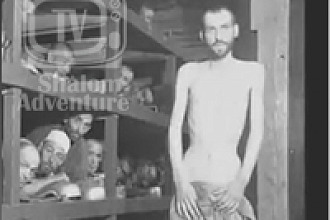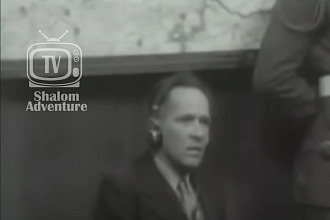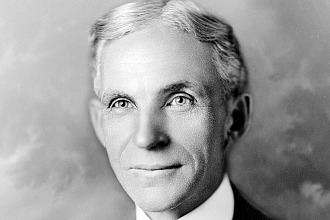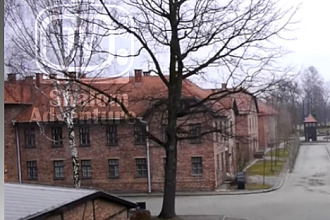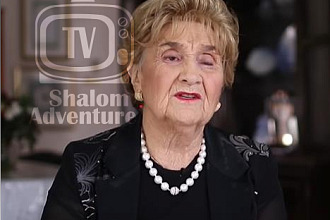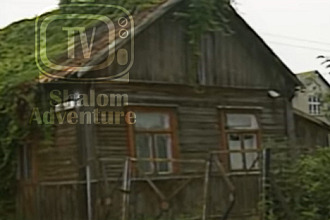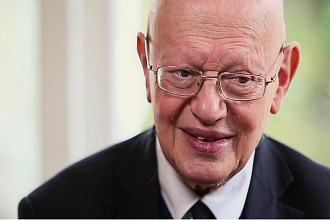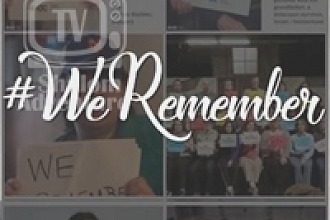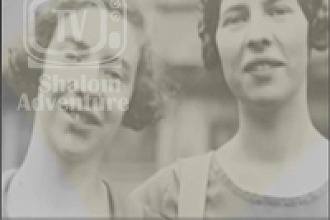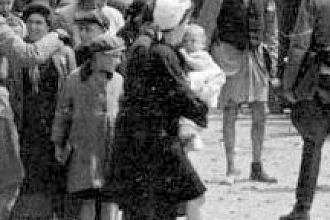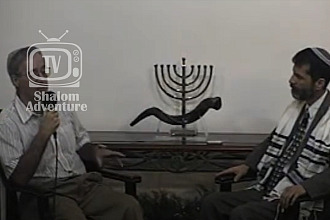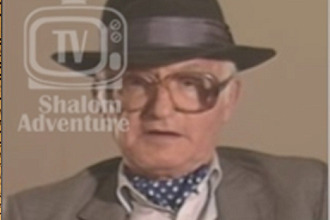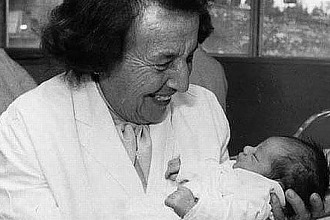Children were especially vulnerable in the era of the Holocaust. The Nazis advocated killing children of "unwanted" or "dangerous" groups in accordance with their ideological views, either as part of the "racial struggle" or as a measure of preventative security. The Germans and their collaborators killed children both for these ideological reasons and in retaliation for real or alleged partisan attacks.
The Germans and their collaborators killed as many as 1.5 million children, including over a million Jewish children and tens of thousands of Romani (Gypsy) children, German children with physical and mental disabilities living in institutions, Polish children, and children residing in the occupied Soviet Union. The chances for survival for Jewish and some non-Jewish adolescents (13-18 years old) were greater, as they could be deployed at forced labor.
The fate of Jewish and non-Jewish children can be categorized in the following way: 1) children killed when they arrived in killing centers; 2) children killed immediately after birth or in institutions; 3) children born in ghettos and camps who survived because prisoners hid them; 4) children, usually over age 12, who were used as laborers and as subjects of medical experiments; and 5) those children killed during reprisal operations or so-called anti-partisan operations. Non-Jewish children from certain targeted groups were not spared. Examples include Romani (Gypsy) children killed in Auschwitz concentration camp; 5,000 to 7,000 children killed as victims of the "euthanasia" program; children murdered in reprisals, including most of the children of Lidice; and children in villages in the occupied Soviet Union who were killed with their parents.
Between 1938 and 1940, the Kindertransport (Children's Transport) was the informal name of a rescue effort which brought thousands of refugee Jewish children (without their parents) to safety in Great Britain from Nazi Germany and German-occupied territories. Some non-Jews hid Jewish children and sometimes, as in the case of Anne Frank, hid other family members as well. In France, almost the entire Protestant population of Le Chambon-sur-Lignon, as well as many Catholic priests, nuns, and lay Catholics, hid Jewish children in the town from 1942 to 1944. In Italy and Belgium, many children survived in hiding.
After the surrender of Nazi Germany, ending World War II, refugees and displaced persons searched throughout Europe for missing children. Thousands of orphaned children were in displaced persons camps. Many surviving Jewish children fled eastern Europe as part of the mass exodus (Brihah) to the western zones of occupied Germany, en route to the Yishuv (the Jewish settlement in Palestine). Through Youth Aliyah (Youth Immigration), thousands migrated to the Yishuv, and then to the state of Israel after its establishment in 1948.

